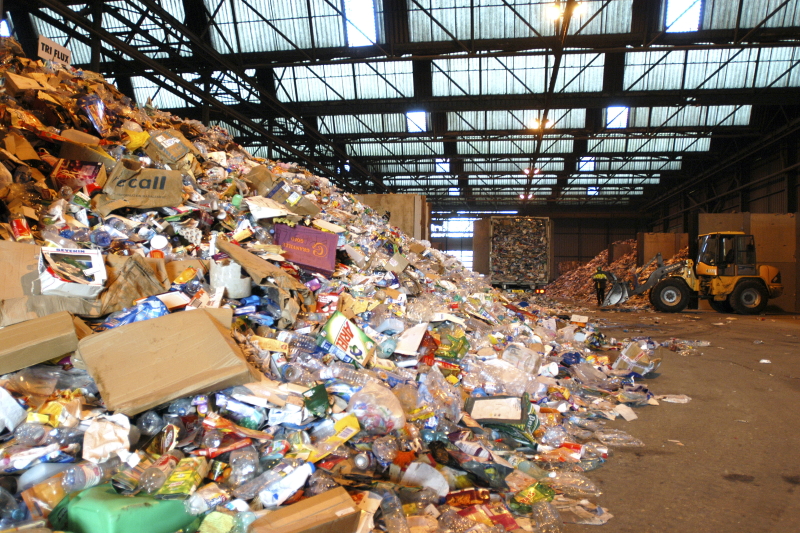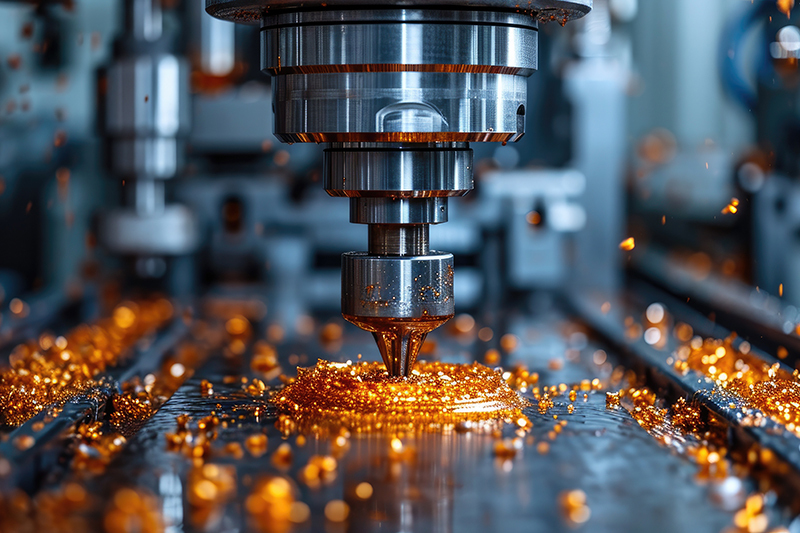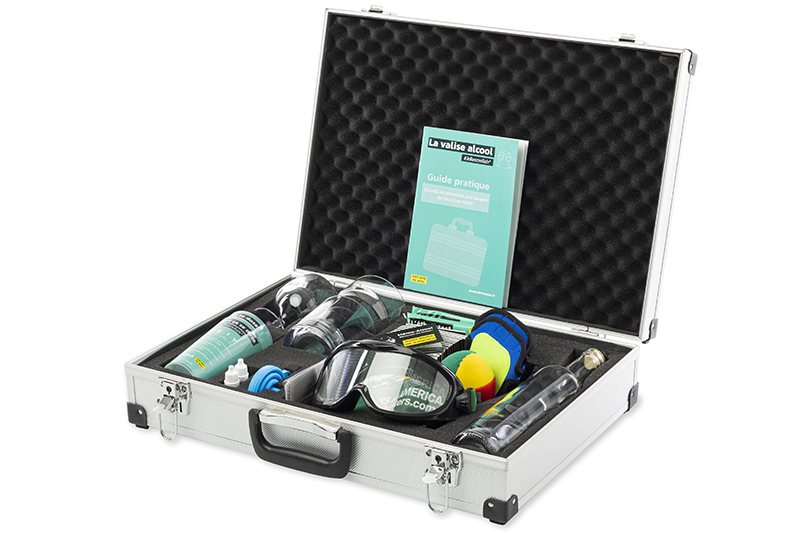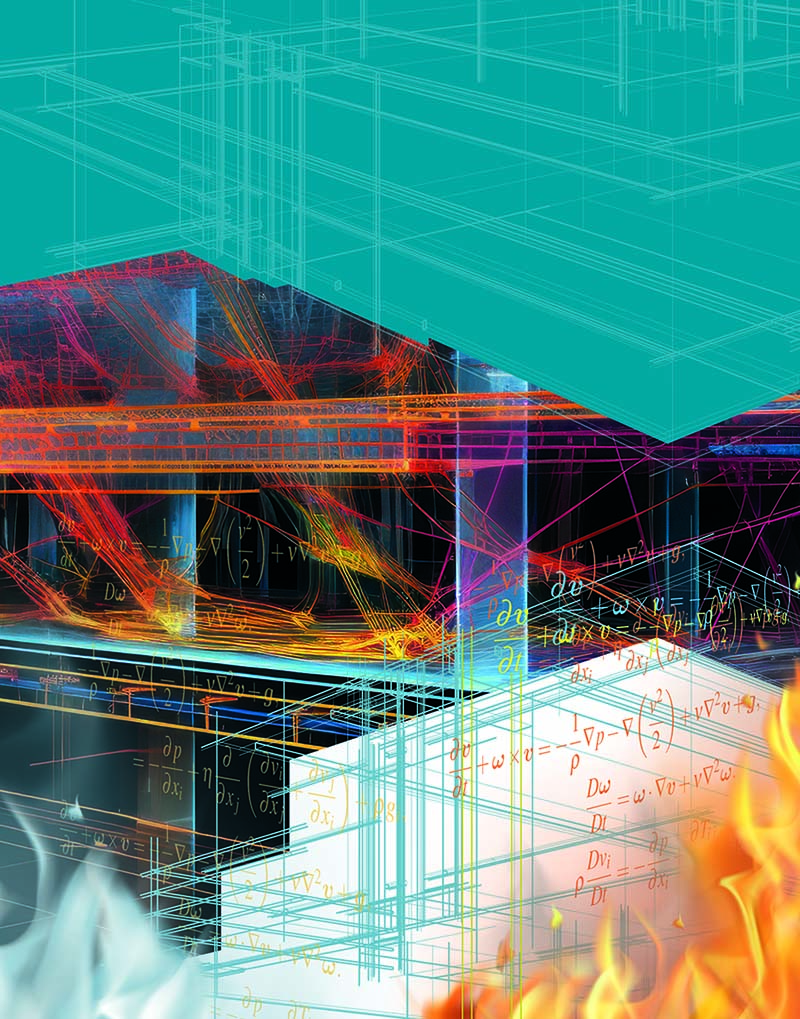Ten lessons from Notre-Dame Fire
A massive blaze hit the Notre-Dame Cathedral of Paris. While the ashes are still-smouldering, but the fire is contained, it is not too soon to learn lessons from it. And to state that nothing will ever be the same.

1. Fire destroys
Cyber risk and climate change are driving the headlines – including ours, but Fire remains the hazard number one: for companies, heritage and public. We shall not forget it.
24 hectares of forest were needed to build the wooden framework of the roof of the edifice. In less than 3 hours, two-third was consumed.
Fire destroys… Nothing can be spared. Even if flames and heat don’t set at naught the building, smoke is doing it. Then, fire extinction water finishes off smoking rubble.
2. It is possible to save heritage and cultural works
Although damages are substantial, it is always possible to save heritage and cultural works by a meticulous organization. Firefighters from the permanent presence of firefighters of Le Louvre Museum were seen giving support. See lesson 8.
According to conditions gathered on the field, it was a complete success.
3. There is no right time for a fire
No one knows the future. Yesterday (the 25 of April), the ‘great presidential mass’ should have been taking place on TV. It is another kind of performance, tragical, that was carried out in front of helpless bystanders. There is no right time for fires but, they always happen at the wrong time: at 6:50 PM, during traffic jam in full swing in Paris… And they always happen at the wrong place: confined area, limited place, on the roof, during a restauration works. The site was close to the river, it was an advantage for the water supply. However, the wind was strongly blowing towards and along the towers – which was unfavourable.
4. Once started, a fire is always hard to stop
It is always possible to put a starting date, even after, for the beginning of a blaze but it is much more difficult to know whenever it will be controlled and let alone extinguished. At the height of the fire, temperatures as hot as 1.000°C (1.832°F) were recorded by Paris firefighters. At this heat level, we can easily understand how difficult and hard it is to extinguish and save anything. The total building collapse was avoided, and it should be regarded as a miracle.
5. Restauration and maintenance works are a sensitive zone
Regarding the damage, Fire investigators work will not be easy. Was the reconstruction site under surveillance? Was this surveillance digital and recorded? Were specific authorizations and delegations granted? Was hot work permitted and was it signed? Questions will be raised, and evidence will be crossed with workers testimonials.
Even if restoration works did not cause the fire, there is no doubt that they considerably challenged the firefighter’s manoeuvre, making access difficult, adding calorific potential, weakening progression, etc.
Of course, responsibility is an issue. A such place (as any unique masterpiece) is not insured because uninsurable. Responsibility could not give back what has already been taken away. At the most, it will feed the popular anger.
6. Heritage is delicate
Built from 1163, finished in 1345, Notre-Dame de Paris was obvious and will state forever. None of us should take things for granted and assume it will be everlasting. All buildings have the same risk and the same issue and should be protected. The brutal arising of new risks, such as terrorism, should never hide others permanent risks. They are still significant. It is also a lesson which should be regarded as up-to-date, especially in other places where an emotional tunnel inhibited us to correctly estimate the threat.
7. Water wets
Stupidity has no border and it’s even higher than the wall we are building to be protected from it. In the other side of the Mexican border, there is a president in his kingdom who is not stingy with it. Besides that water wets and weakened, the drop of a massive quantity of water from sky would ruin the building under pression. In a few days, we will see the damages from the extinguish hoses to be absolutely sure that water airdropping, even from a helicopter, is nonsense.
8. Permanent firefighters presence is effective!
Although 3 rescue centres are located less than 2 km to the church and could reached it in less than 2 minutes, permanent firefighters presence on the spot would have been an indisputable advantage, particularly in the first moments which are crucial to avoid fire propagation and false alarm identification.
There is a permanent firefighter presence in distinguished landmarks of Paris such as Le Louvre, Orsay museum, BnF (National Library), National Archives even in Kourou in French Guiana, but none of them in Notre-Dame de Paris. Notre-Dame, as well as every symbolic building in Paris, has to deal with medical evacuations, fire breaking… which would be all better managed if military firefighters were on the spot. Blame for this should be shared as well as special status of the building, mixt of religious and State responsibilities.
9. Evacuation and security perimeter are working
Only 2 policemen and 1 firefighter have been injured during the 9 hours of fight against the flames. No one coming from the crowding public or among the worshippers attending at the very beginning of the disaster. It is a success! It also means that the Notre-Dame security team has done a good job and prioritized public safety over all.
This success is even higher considering that Paris firefighters were exposed to a terrific and dreadful furnace and did whatever they could to protect the two towers. An accomplishment regarding the harsh conditions of the blaze.
10. It is difficult to learn from the past
How many times did we put the light on renovation works hazard or weakness of Heritage buildings toward risks? In last February, we published a special issue on hot work. How many similar fires have been already related in our columns? In our next issue, we will write on Notre-Dame case and our next issue, timing coincidence, will be on the usefulness of feedback on experience. It is never too late to become aware of risks.

David Kapp – Journaliste
Les plus lus…
Un arrêté et un décret, publiés les 15 et 19 juillet 2024, autorisent l'Agence nationale de sécurité des systèmes…
La directive (UE) 2024/1785 du Parlement européen et du Conseil du 24 avril 2024 modifiant la directive 2010/75/UE du…
Le règlement européen sur l'intelligence artificielle, ou IA Act, a été publié au Journal officiel de l'Union européenne le…
L'Agence nationale de la sécurité des systèmes d'information (Anssi) a lancé le 15 juillet 2024 son CyberDico, un dictionnaire…
Après avoir fêté ses 20 ans d’existence, la directive « Machines » de 2006 tirera sa révérence en 2027…
Drivecase, spécialiste de la prévention routière, propose des solutions pour renforcer les actions de sensibilisation dans le cadre professionnel.…
À lire également












